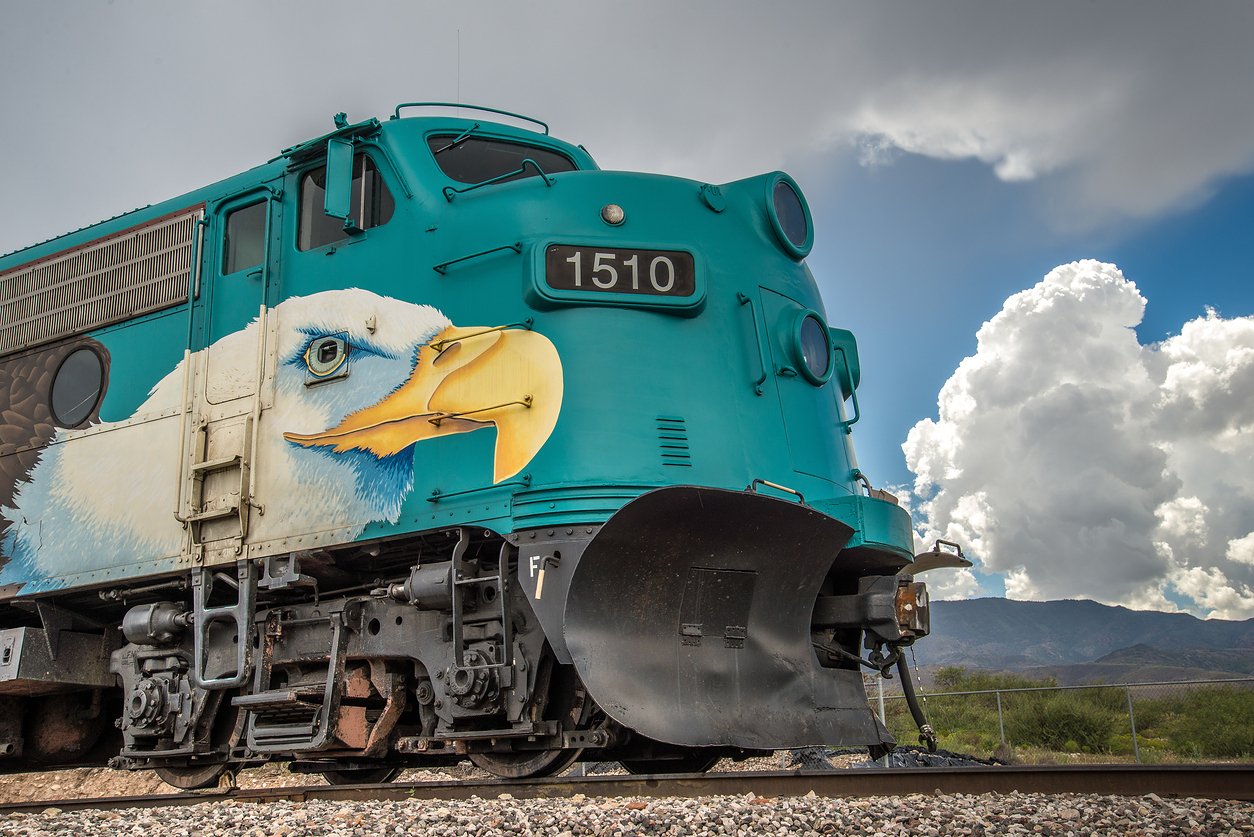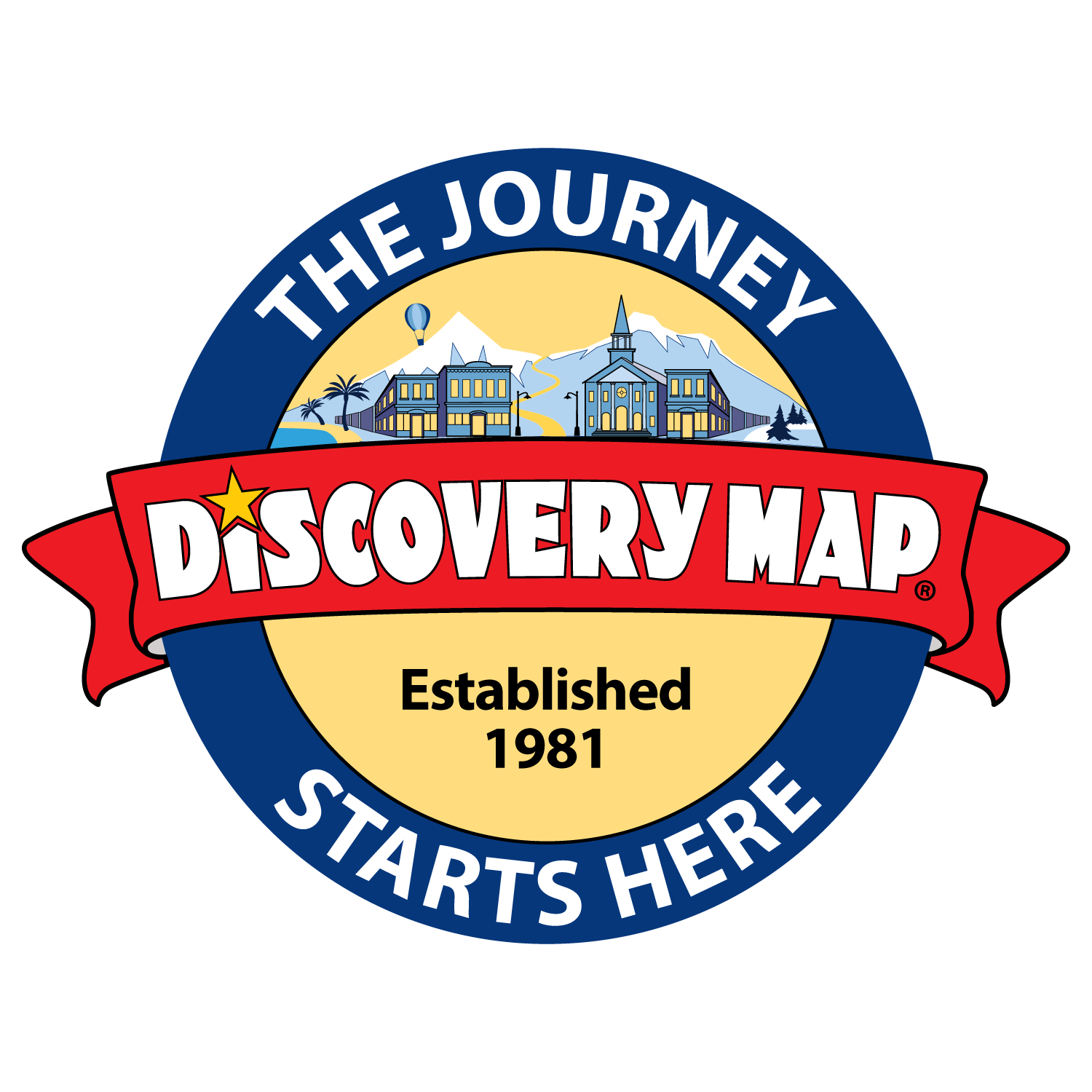About Arizona’s Red Rock Country
Often considered to be the second biggest attraction in Arizona after the Grand Canyon, Sedona and the surrounding area will dazzle you with the jaw-dropping allure of its red rocks, monolithic formations that appear in every hue from burnt sienna to rust to salmon to carrot top to–well, you get the idea. Truly the display of color and form astounds. Here you can go up top, down, in deep and all around by foot, bike, kayak, car, you name it. Not much stops you from experiencing the majesty of this geological extravaganza from all kinds of perspectives. Although far less expansive than the Grand Canyon, the canyons here touch you with a raw beauty unique to this mystical land. Plus, you can drive through many of them!
And what’s cool, too, is to know that people have been looking at these same vistas for ages. The original inhabitants of the region were the Native Americans; the first Anglo-Americans arrived toward the latter part of the 1800s. In 1876, people settled in Oak Creek Canyon, an area known for its fruit trees. The post office was established and the town was named after the postmaster’s wife, Sedona Arabella Miller Schnebly, a woman respected for her kindness and good work ethic. Wouldn’t you have thought Sedona was an old Indian name or maybe the name of a type of rock?
That goes to show that although it’s fairly recent, the history in these parts is rife with all kinds of tales and trivia. Find out more at the Sedona Heritage Museum, a fascinating place to visit made up of historic ranch buildings once owned by one of Sedona’s original pioneers. It’s interesting to see how people lived back then and how it relates to life in Sedona today.

The Clemenceau Heritage Museum in Cottonwood also provides a good look at the history and customs of the first settlers of Verde Valley as does the Clarkdale Historical Society & Museum in Clarkdale. Railroad enthusiasts should visit the John Bell Railroad Museum located at the Verde Canyon Railroad depot in Clarkdale.
And if you’re into mining history, be sure to experience The Mine Museum and Gift Shop located across from the lovely Connor Hotel in Jerome. You can also take in the scene at the Gold King Mine and Ghost Town just one mile north of Jerome. Lawn ornament aficionados delight! These reality show-worthy heaps of old mining equipment, trucks, antiques, tools and the like will enchant gear heads and treasure hunters alike.
Here’s an interesting tidbit about Jerome:it once boasted a population of about 10,000 people. That was during its mining heyday and you can only imagine how crazy life was in this quaint little town back then. (Quite the ratio of men to women, too!) Now the residents number less than a thousand, comprised of a select group of people working in the hospitality industry, artists, shop owners and the like, all very much in tune with pleasing the visiting tourists that drive their economy.
Tourism is, of course, super big in Sedona, which was first developed as a vacationing and second home destination in the fifties. Many of the homes are so stunning and seldom occupied that they likely rank as third and fourth homes for their well-heeled owners. There’s no doubt that Sedona’s warm, arid climate also makes it very appealing to retirees. This has made their culinary and cultural scene flourish. (Not many resort communities boast a Whole Foods. You can find it in Sedona at the Old Market Place along with other healthy food purveyors and restaurants.)
Just call this the land of natural and manmade goodness.


